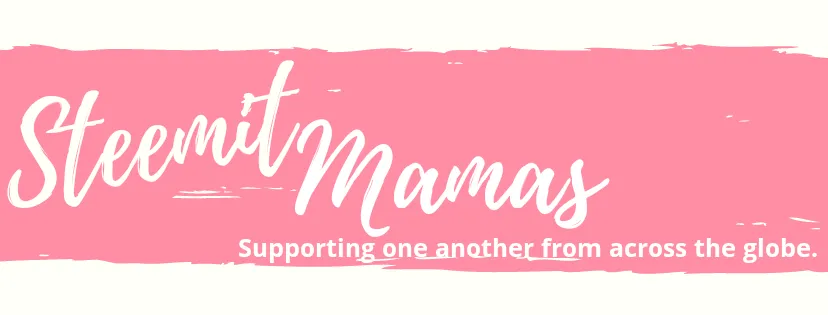Mmmmmm..... LARD!
Haha, how many times have you said that phrase?
Perhaps never, BUT lard is some great stuff, and well worth making. After all, it is one of the ONLY food sources of vitamin D, not to mention, it makes WONDERFUL nourishing salves and such. It comes from the fat of a pig, which is often a wasted part.
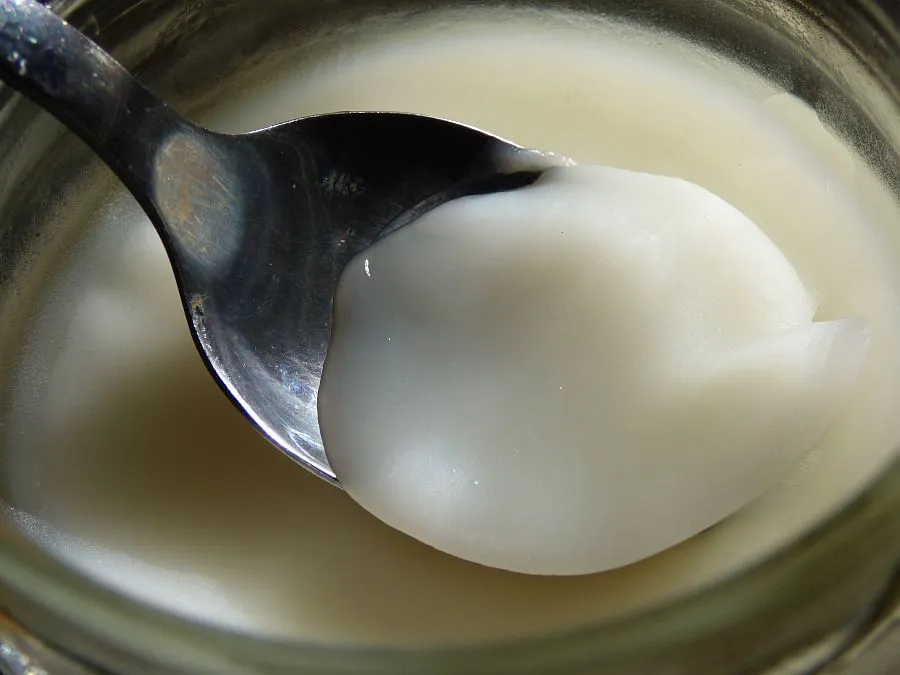
Before I show you how to make it, you can check out how not to make it, if you are curious. I'm sure there is a way to do it in a dutch oven, but I still don't know how!
I DO know how to make it in a crock pot, though, so here you go!
First of all, obtain pig fat.
I don't know where most people get theirs. I get mine from a neighbor who likes to raise a pig a year, and they are not interested in making lard, so I am welcome to theirs. You could check your local butcher, raise a hog, or even just save up fat scraps from trimming raw pork chops in your freezer. Might take a while, but that would work too.
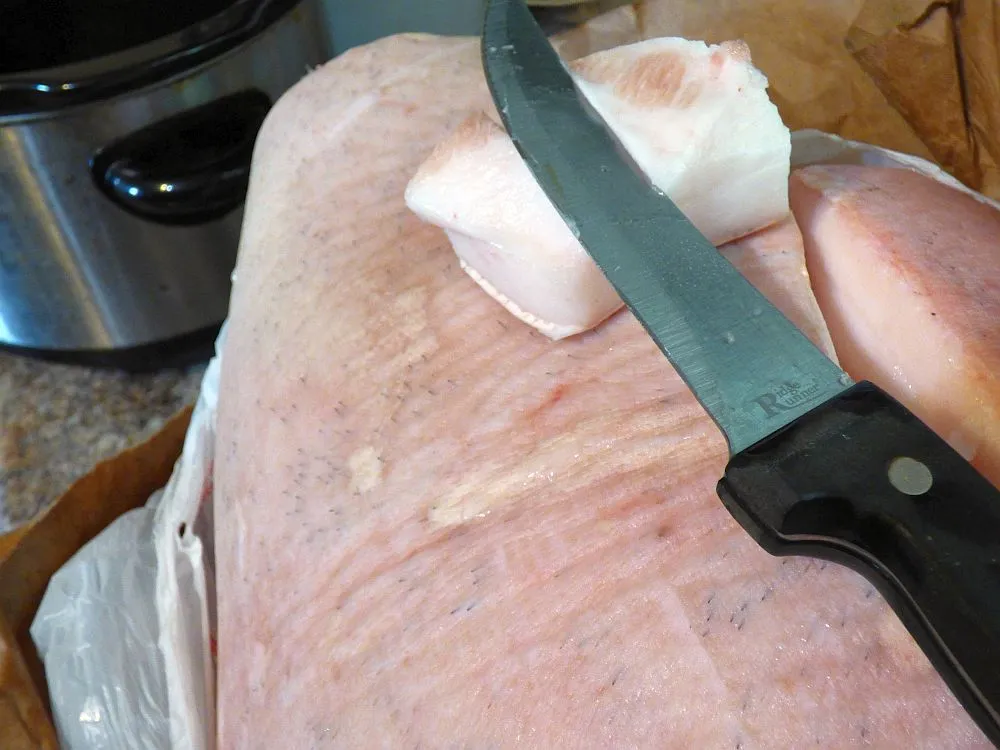
Next, slice up that pork fat into chunks. Or grind it if you have a meat grinder and feel like going to the trouble. It's not necessary, though.
Cut off any large chunks of meat attached to the fat and make soup out of them or something.
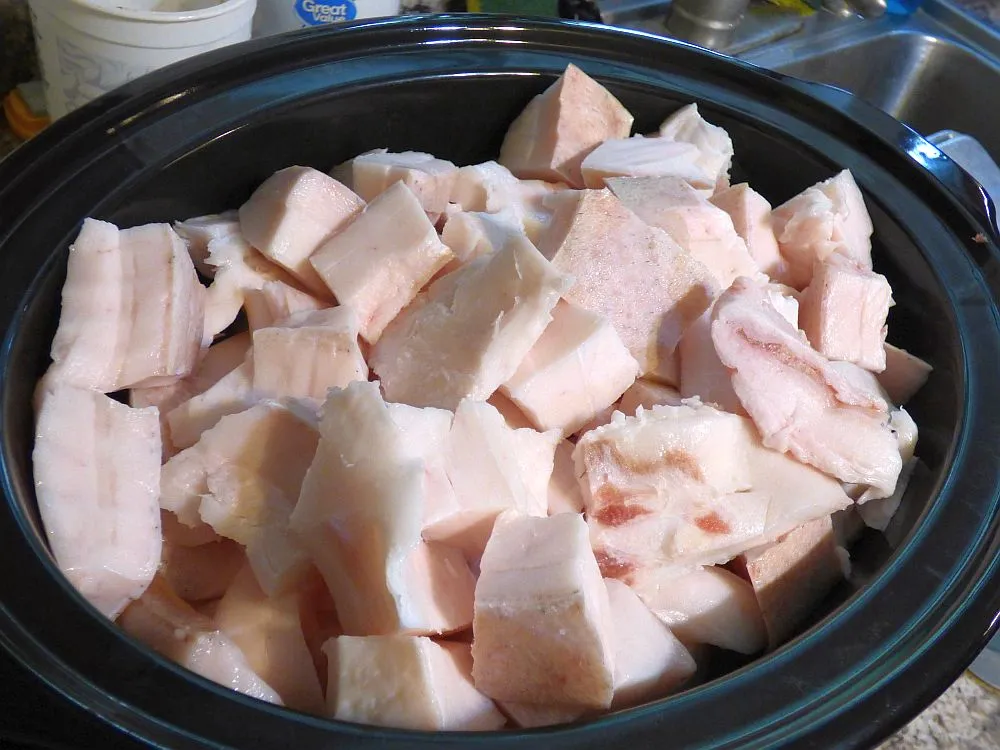
I started off making 1" chunks, but I admit, by the end, my pieces were definitely larger than one inch!
Try not to slice up your fingers. I did not listen to this bit of advice. Let me tell you, slicing up fat makes your hands greasy and does not allow a band-aid to stick well...
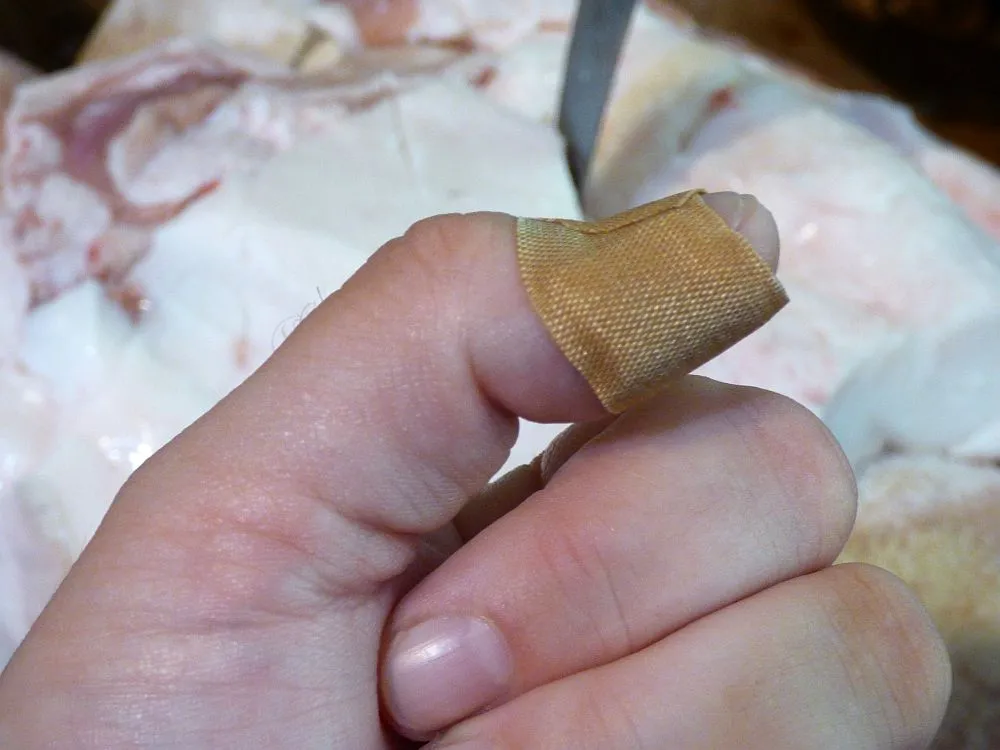
Put a little water in the bottom of your crock pot. This allows the lard to start melting without sticking, and the water will evaporate off long before it's time to jar up.
Set the crock pot to low, and ignore it pretty much all day.
You may want to stir it once in a while, to prevent sticking. Or don't. It doesn't make a huge difference.
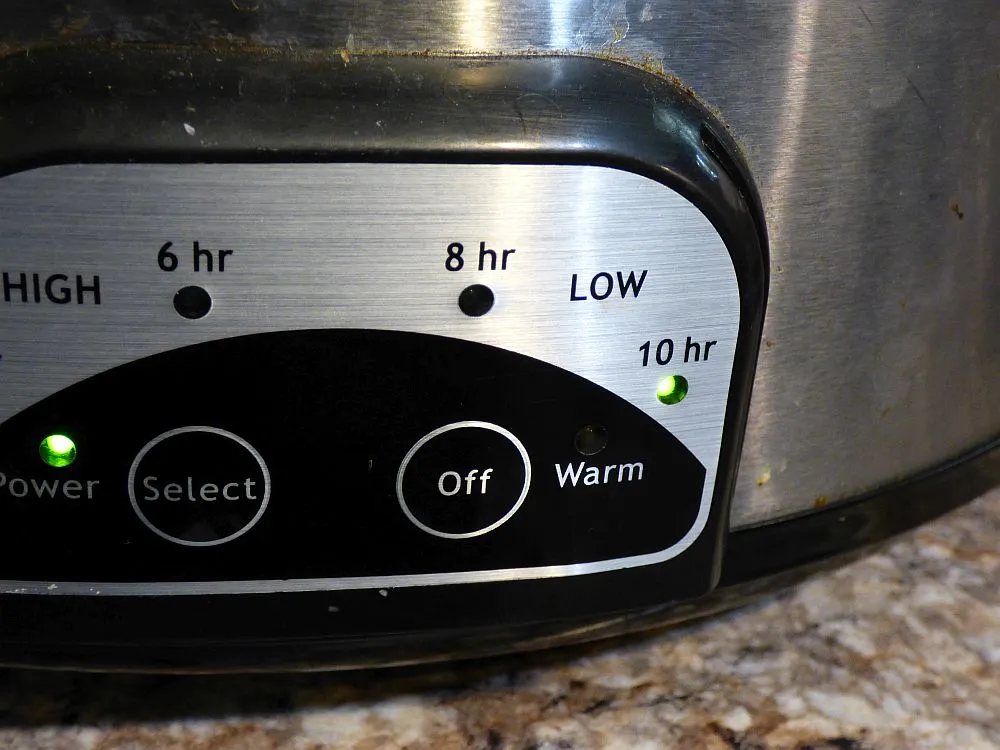
After a couple of hours or so, you will notice the fat beginning to melt down.
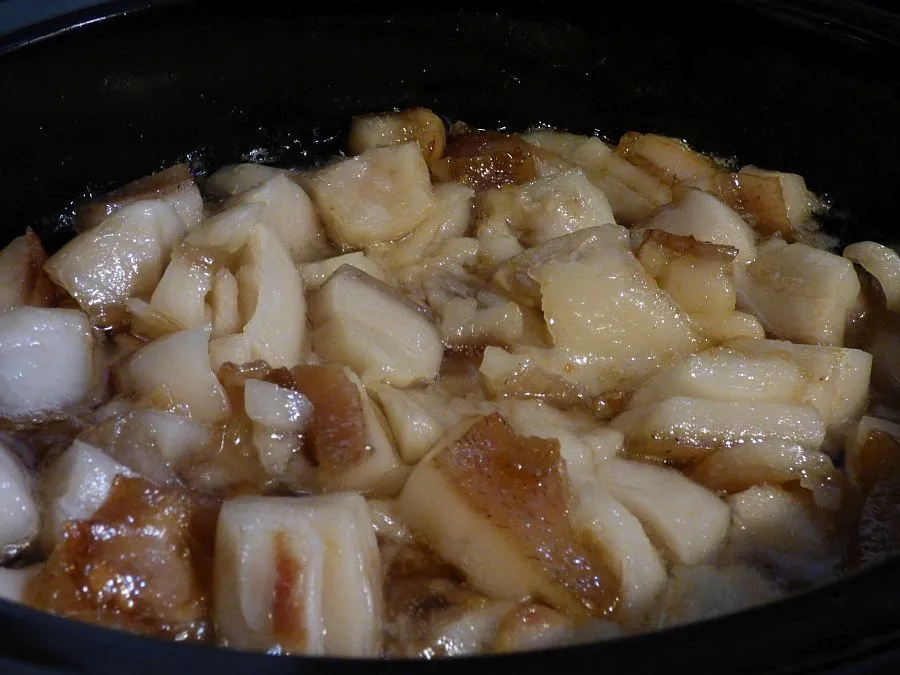
Some people wait until the fat is entirely melted before dipping it out, but I am not patient enough for that nonsense. I start dipping it out whenever I notice there is enough there to fill a jar.
You will need a metal strainer and some cheesecloth, or, as I like to use, an old, clean washcloth, to strain the lard from the skin. Strain it into a large pyrex measuring cup, a pan, or anything else you can use to pour the hot fat into canning jars. Of course, if you have a glass or metal funnel, you can strain it directly into the jars. Hot fat can melt plastic, guys, don't do anything crazy!
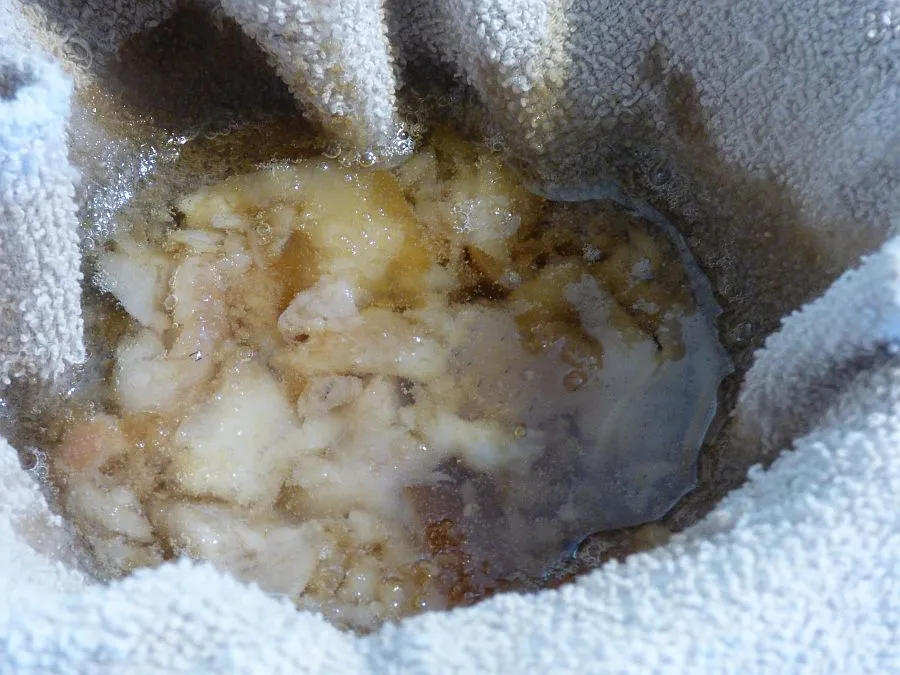
After you have your liquid lard jarred up, it will be a yellowish color. This is normal.
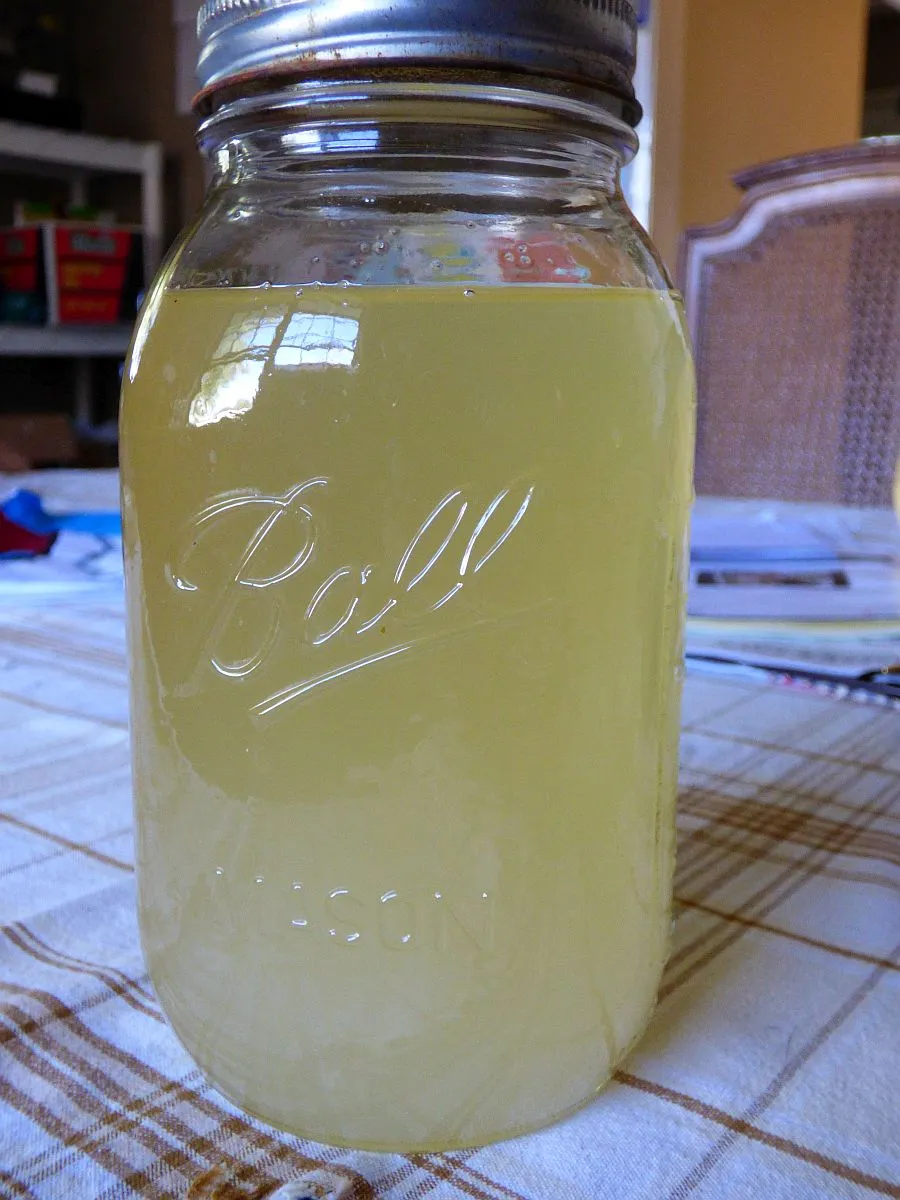
After it cools, it should solidify. This depends on the temperature of your house, though. If you have a warm house, it may stay liquid. If you pop it in the fridge, it will become white and creamy.

The skin pieces left in the pan can be turned into 'cracklin's' if you like. I've never been very successful with this part, (I generally just give mine to the chickens), but you can throw them in a frying pan and fry till crispy. Supposedly.
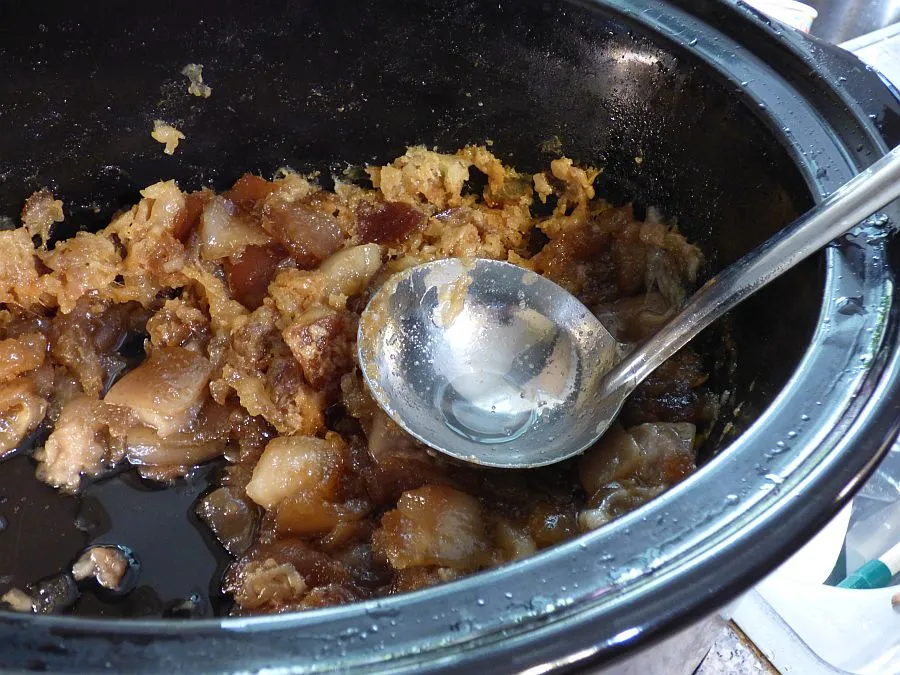
This, my friends, is how I make lard. It comes out great every time.
Quick tip, the lard you dip out first will be less 'porky' tasting than the lard you dip out at the end. I save the first jar or two to use for things I don't want any flavor or smell in. Not that it stinks or anything, but who wants to eat desserts made with pork-tasting lard? Or use a lotion smelling of pork fat? No one. The last jar you take out from the remnants of browned fat tend to have a slight pork flavor, and should be used for frying and such.
Officially, I have to recommend keeping this in the refrigerator. Unofficially, I have kept sealed jars of lard in a cupboard for a year or more and used them without ill effects.
Here are some of my non-cooking uses for lard:
Non-Toxic Deodorant
Salve/Lotion
Non-toxic Sunscreen

Thanks for reading! ♥ Hopefully you all find this helpful! (Or, at least, entertaining...) Feel free to share how you make lard, or your favorite way to use the stuff!
Have a lovely day!

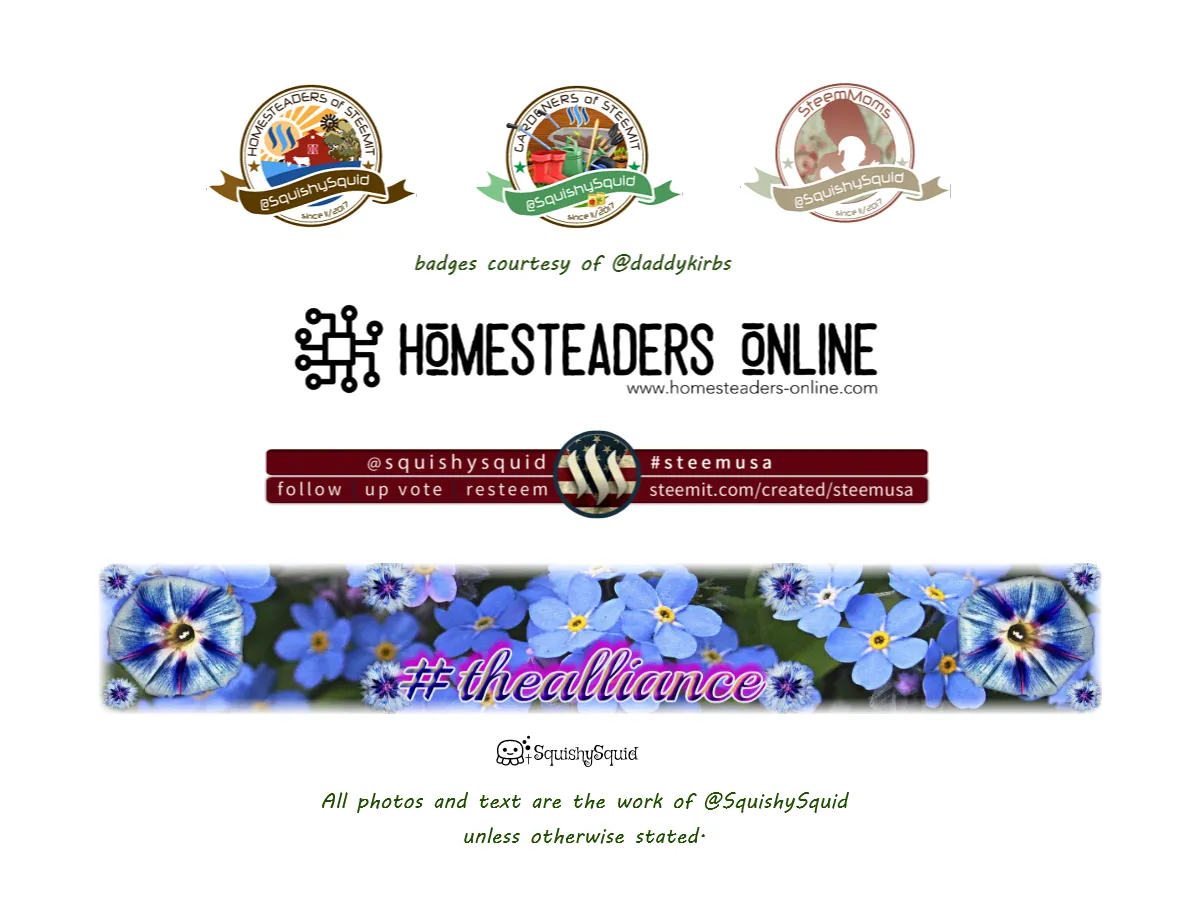

This work by @SquishySquid is licensed under a Creative Commons Attribution-ShareAlike 4.0 International License.
